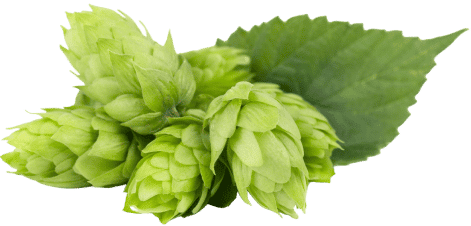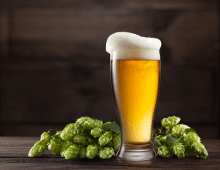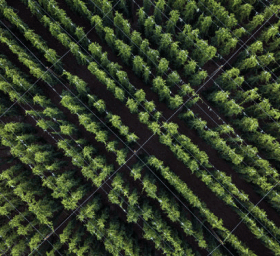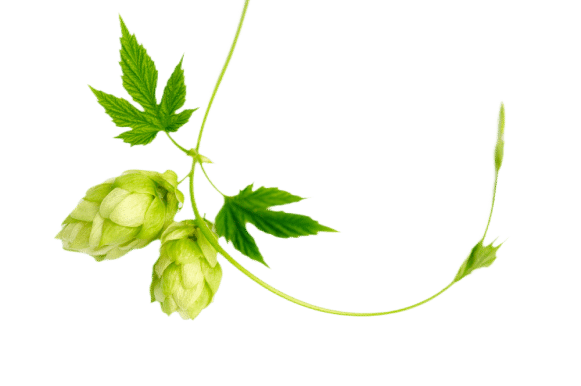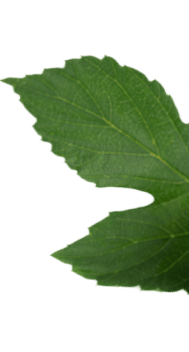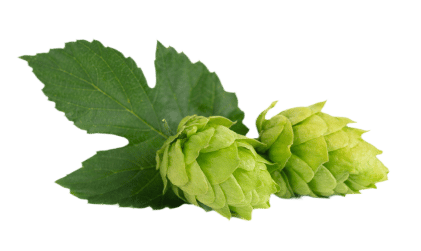Wye Hops Transcript
Paul:
Welcome, everybody. My name is Paul Corbett from Charles Faram. I’m here in a hop yard in Kent with Klara Hajdu from the Wye Hops Breeding program and Jon from Charles Faram, Jon Stringer, and we’re down here for a look at the new seedlings that we’ve got coming through the program. Charles Faram helped to sponsor some of the breeding program here with Klara and we’re looking at new varieties. Jon, have you anything interesting in there today?
Jon:
Yeah, lots of interesting stuff. A couple that has got a lot of potential and, yeah. Some nice aromas in there, some lovely aromas.
Paul:
Klara, what have you been up to in here this year trying to do, you’ve got a new idea. I understand there’s a new part to the program and we’ve got some old parts to the program. What sort of things have you been doing this year?
Klara:
Yeah, it’s a bit of a mix. So we are still carrying on with the breeding program as it’s, like, traditionally done, creating new crosses, whatever the hop industry’s requirements are, and then we’re obviously making crosses for you and we’re trying to find the next best flavour varieties and something that breweries like and then the growers can grow. But I’m also looking into some more of the genetic side of it, trying to find some modern breeding techniques to introduce in the breeding program as well, so quite busy.
Paul:
Fantastic and this is just the first phase because we’re looking at the hops here, we’re rubbing and sniffing the green aromas on the hops, which then we have to get these hops picked and dried and then we look for new aromas in the dried hops as well, because they can vary quite differently, can they? It can be quite different.
Klara:
So this is just we are all led by our noses. What we like here is obviously what we’re going to select and promote for trials. So we’re going to spend a couple of busy weeks harvesting these samples, individual plants hand picked. It’s going to take some time. It will take a bit of time. See how they smell in the aroma assessments later on this year and then hopefully get some brewing done with.
Paul:
Yeah and that’s the next stage, isn’t it? So we’ve got the picking, the drying and the sampling from the noses just to see what the hops will do on the nose.
Klara:
Translation of green to dry to brew.
Paul:
Yeah and then the brew part is probably the most important part of it.
Klara:
Yeah, that’s absolutely the most important part because eventually, that’s what’s going to make
Paul:
That’s what’s going to make a good beer. But here as well, we can see that there are some varieties with quite a lot of hop cones on. Hopped well down as we say, right from the top to the bottom. And then there’s some which aren’t so quite so thick and quite so good looking. And we got some male plants up here as well, which have done their part of… They’ve done their work They are part of the breeding program.
Klara:
Here we have males and females. The breeding plot isn’t like a commercial farm. We have a great variety of plants here, every individual plant is a different variety, potentially and we all have males and females in the same garden until we separate them.
Paul:
Yeah, it’s fascinating the number of individuals we’ve got in here, that all could be potentially a new variety and the job is finding that needle in a haystack, that one that’s really going to give us the great flavour in a beer. Well, we’re going to enjoy doing that. Enjoy having the samples up in November and having a look at those dried samples and then hopefully getting some brewing trials done later, early next year, with the help of some of our brewer friends as well. Looking forward to it. Yeah, thanks, guys. Thanks very much.
Wye Hops Throwback
